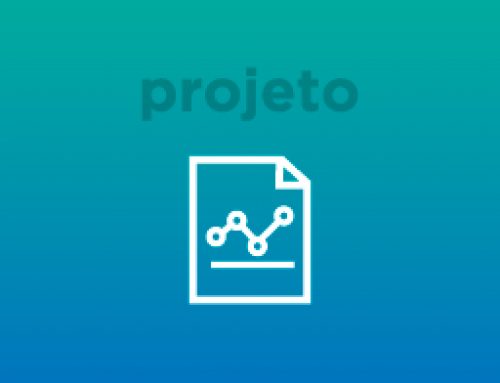Today, BSP (Bulk-Synchronous Parallel) represents one of the most used models for writing tightly-coupled parallel programs. A BSP application is divided in one or more supersteps, each one ending with a synchronization barrier. As resource substrates, commonly clusters and eventually computational grids are used to run BSP applications. In this context, we investigate the use of collaborative computing and idle resources to execute this kind of demand, so we are proposing a model named BSPonP2P to answer the following question: How can we develop an efficient and viable model to run BSP applications in P2P Desktop Grids? We answer it by providing both process rescheduling and checkpointing, enabling BSPonP2P to address dynamism at application and infrastructure levels and resource heterogeneity. The results concern a prototype that ran over a subset of the Grid5000 infrastructure, showing encouraging results on using collaboration and volatile resources for obtaining High Performance Computing effortlessly.


